
Category: Learning Center

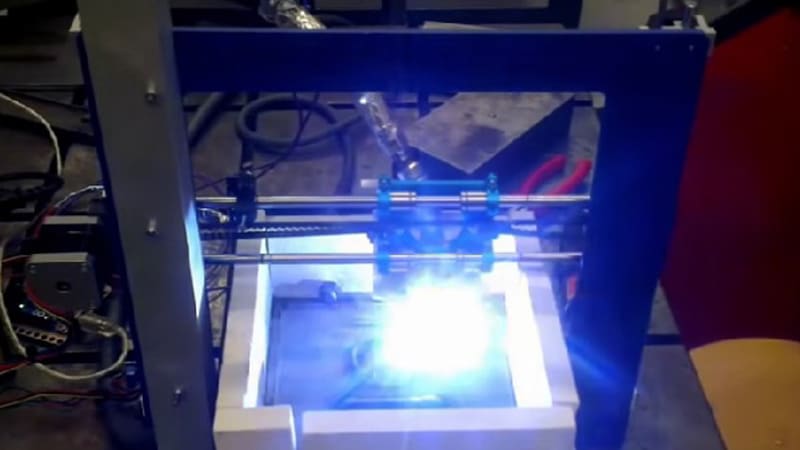
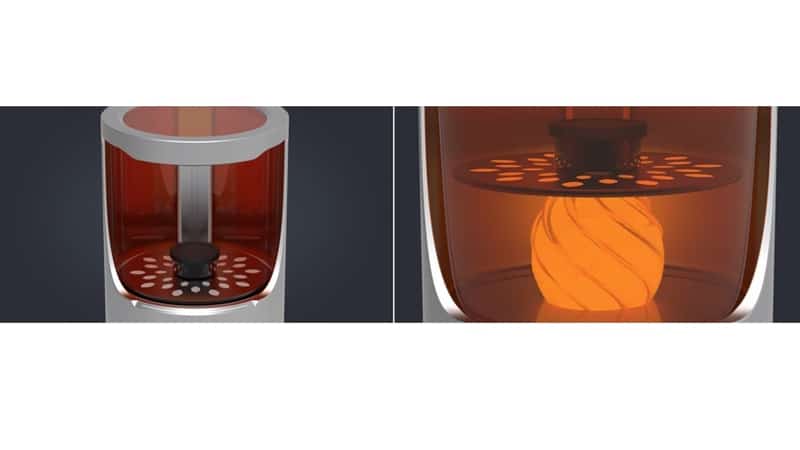
Helios One 3D printer: Heliolithography replaces SLA and FDM Technique
July 9, 2014
No Comments
Read More »
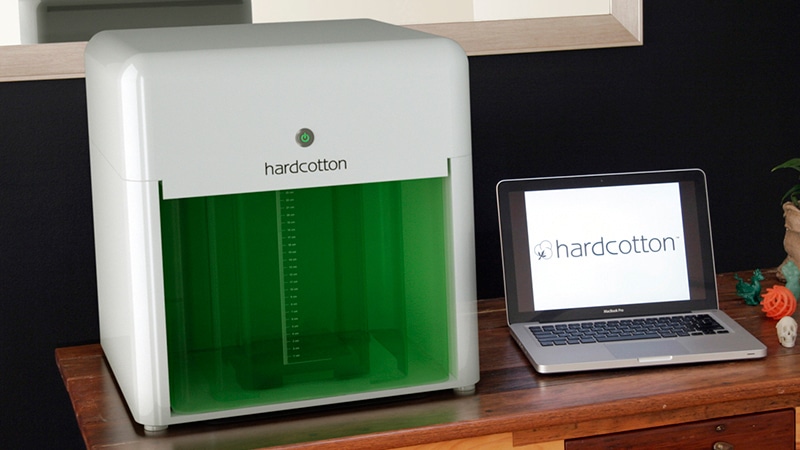

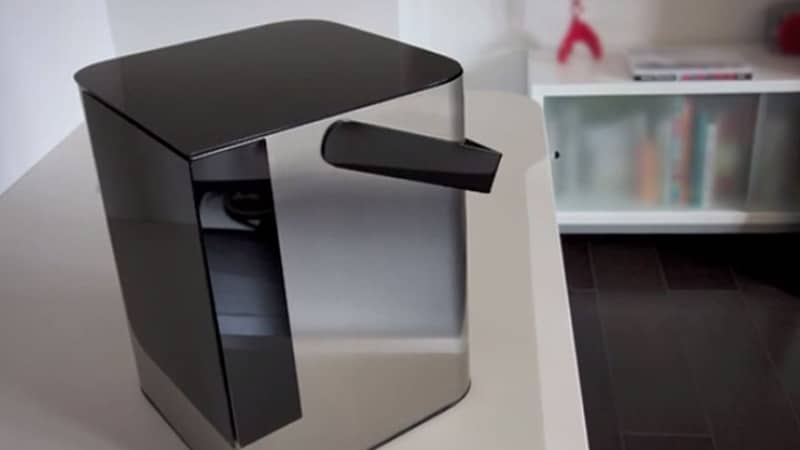
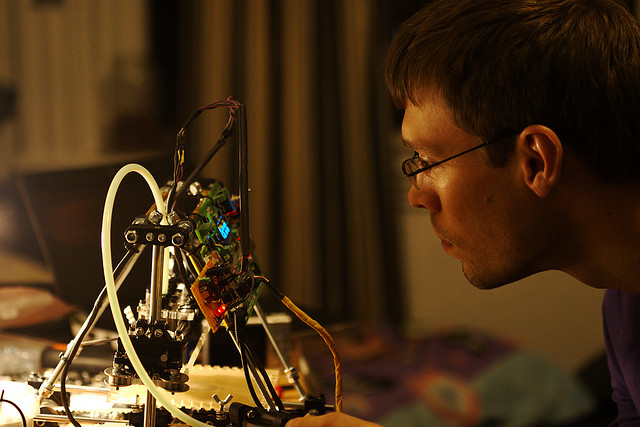
Replicating Rapid Prototype (RepRap) movement is poised to change the world
July 8, 2014
No Comments
Read More »

